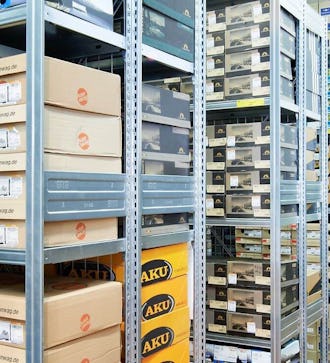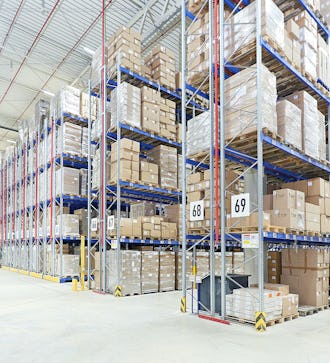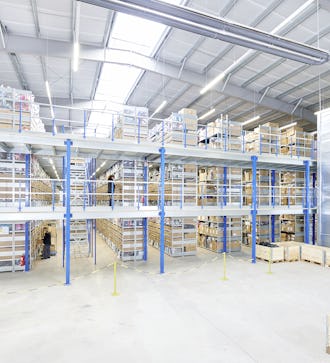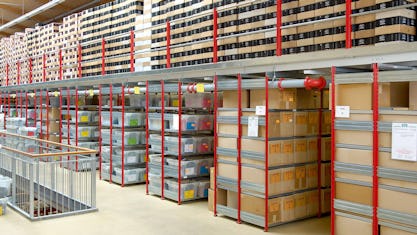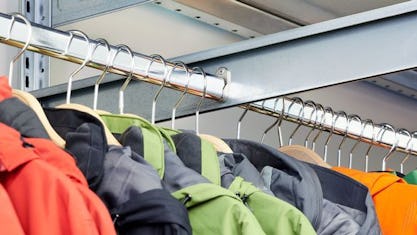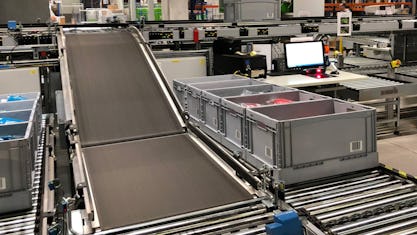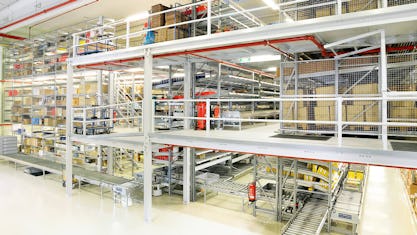Jumbo Textil
Improved operational efficiency by integrating a multi-tier system into a pallet racking facility


Our customer
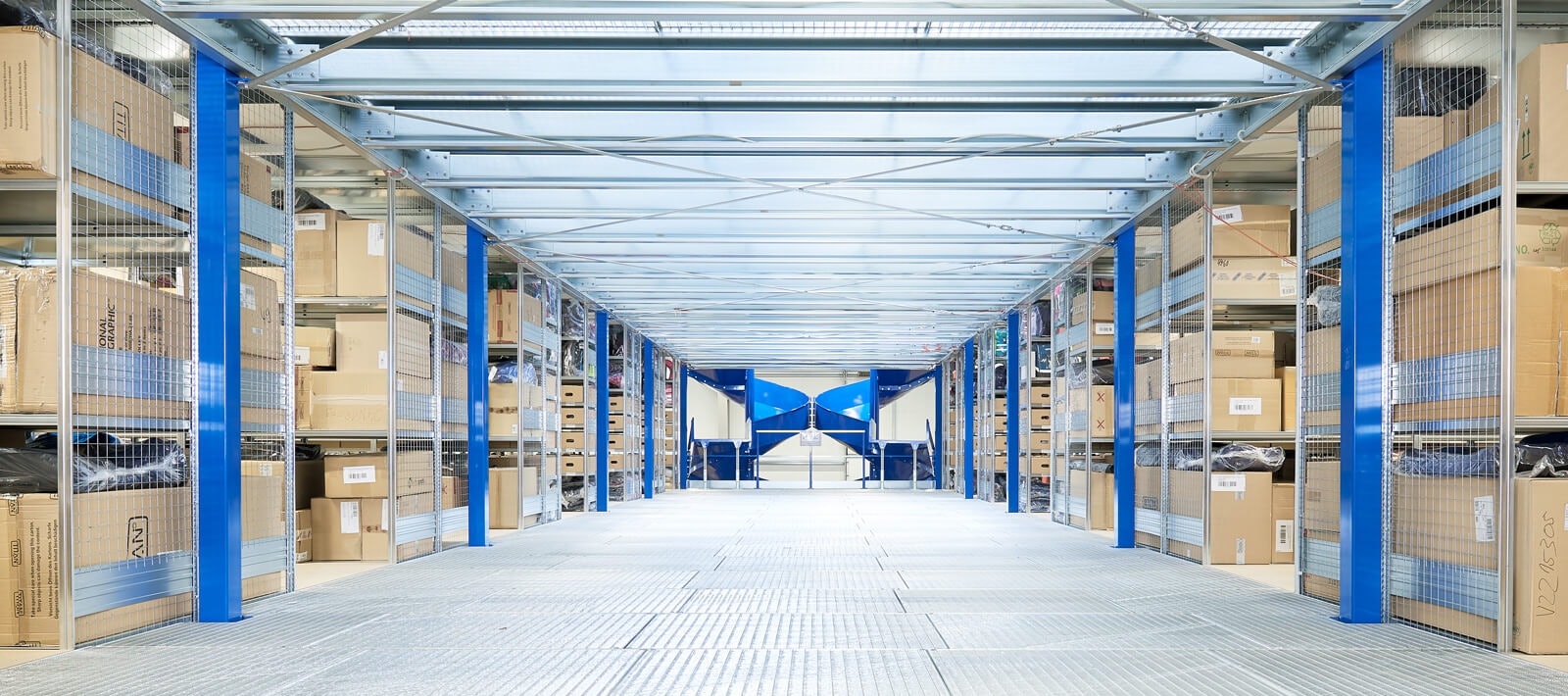
The long-established company Jumbo Textil celebrated its 100th anniversary in 2009. Founded in 1909 by Alfred Schnakenberg, the company initially produced narrow textiles such as cords, ribbons and laces by the meter. Today, the company is an innovative partner to industry for high-tech solutions in the field of "technical textiles". For customers from various sectors such as the automotive, outdoor clothing and aviation industries, the company manufactures bespoke products that include non-textile components. In 2016 Jumbo Textil GmbH & Co. KG took up work on the 13,500 sqm site at their new company headquarters in Sprockhövel near Wuppertal. Since then, perfect working conditions, greater process efficiency and innovative technology have helped to increase production capacities for top quality textile solutions.
Initial situation and customer requirements
- The existing pallet racking system is used to store Euro pallets with unfinished goods, yarn spools and fabric tape reels and provide them for production. The product range comprises about 3,500 reference lines.
- The previous storage solution consisted of pallet racking with flow levels at operator reach height and was not what was needed now. Flow levels are ideal for keeping high-turnover items. However, there are also items where only 10 or 20 fabric tapes are stored, which means that a lot of space is wasted in the flow lanes. In addition, the number of pallet storage positions was limited.
- The haberdashery items are to be stored more efficiently in a space-saving manner. The aim is to create more pallet positions (2,000) in the available storage space.
- The customer is looking for an optimised storage solution for pallets as well as for small parts.
- Small item orders are to be picked one by one to fulfill one order at a time. Picked goods are transported on a warehouse trolley. For bigger orders, full pallet loads are to be prepared for dispatch.
- The new storage solution is to improve tidiness and provide a better overview of the storage process. All items must be in direct access. In addition, access times are to be minimised to accelerate order picking.
- Products from several locations are to be merged at the company headquarters.
- More generally, the risk of accidents in the warehouse was to be minimised.
Project brief
The BITO Solution
Pallet racking combined with multi-tier storage
The new solution consists of the (downsized) pallet racking store with an integrated multi-tier facility for small parts and palletised goods.
Lift system
Instead of placing pallets on pallet transfer positions for further handling, the multi-tier system now features a lift that takes pallets and picking trolleys to the required level.
Multi-tier facility
By integrating the multi-tier system into the pallet racking facility, travel routes are now much shorter than with the previous storage solution.
Fire safety
The fire protection concept is implemented with multiple escape routes and a sprinkler system.
On-site application and key features of our storage solution
- Pallet racking for incoming goods as well as finished goods intended for shipment to customers.
- The solution combines a multi-tier installation and pallet racking.
- The multi-tier installation provides small parts and vertically stored spools which are picked according to customer order. Raw materials for production are also stored there.
Customer benefits
In what way has the BITO solution helped our customer to realise their full potential?
- Optimised space utilisation Spools and small parts can now be stored more efficiently in a much smaller space. More pallet storage positions, as the flow shelves on the lower racking levels have been removed.
- Improved picking performance thanks to a clear product presentation and direct access to all items. The integrated lift also contributes speed up processes.
- Greater customer satisfaction thanks to a faster order throughput and shorter delivery times.
- Ergonomically laid out workplaces reduce walking times for employees.
- Several sites are to be integrated into one location.
- Lower risk of accidents.
